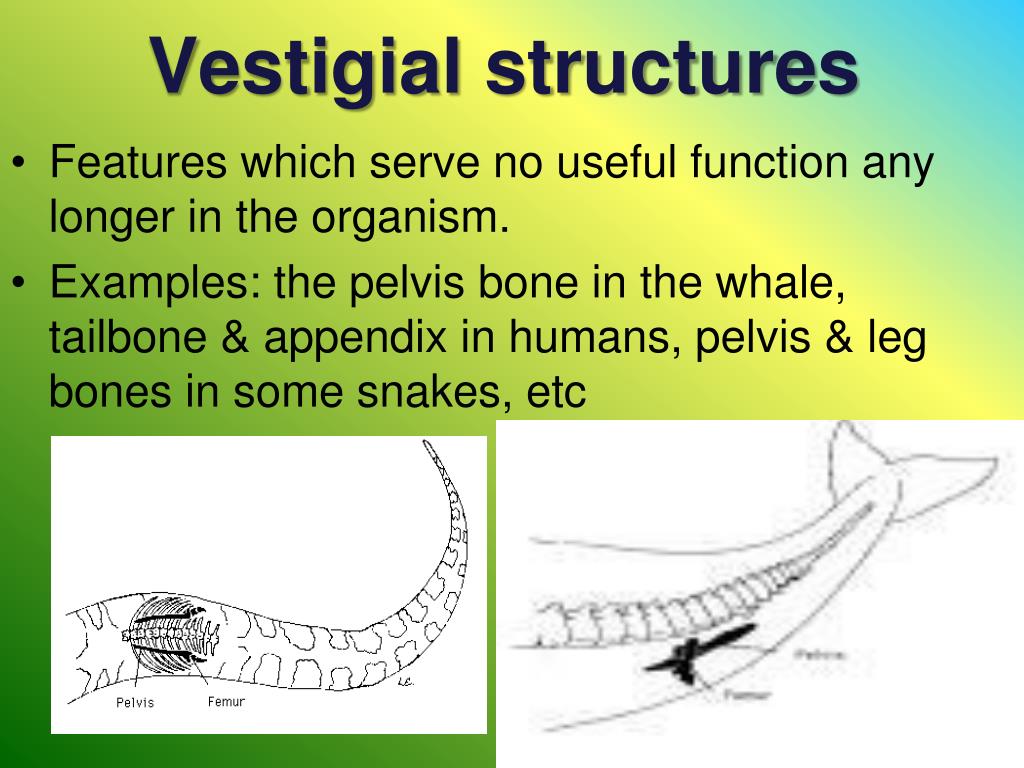

The fossil record of horses in North America is especially rich and many contain transition fossils: those showing intermediate anatomy between earlier and later forms. For example, highly detailed fossil records have been recovered for sequences of species in the evolution of whales and modern horses. The resulting fossil record tells the story of the past, and shows the evolution of form over millions of years ( Figure 11.10). Scientists determine the age of fossils and categorize them all over the world to determine when the organisms lived relative to each other.

Fossilsįossils provide solid evidence that organisms from the past are not the same as those found today fossils show the gradual evolutionary changes over time. Darwin dedicated a large portion of his book, On the Origin of Species, identifying patterns in nature that were consistent with evolution and since Darwin our understanding has become clearer and broader. Looking at every level of organization in living systems, biologists see the signature of past and present evolution.

The evidence for evolution is compelling and extensive. Define homologous and vestigial structures.Explain sources of evidence for evolution.Learning Objectives By the end of this section, you will be able to:


 0 kommentar(er)
0 kommentar(er)
